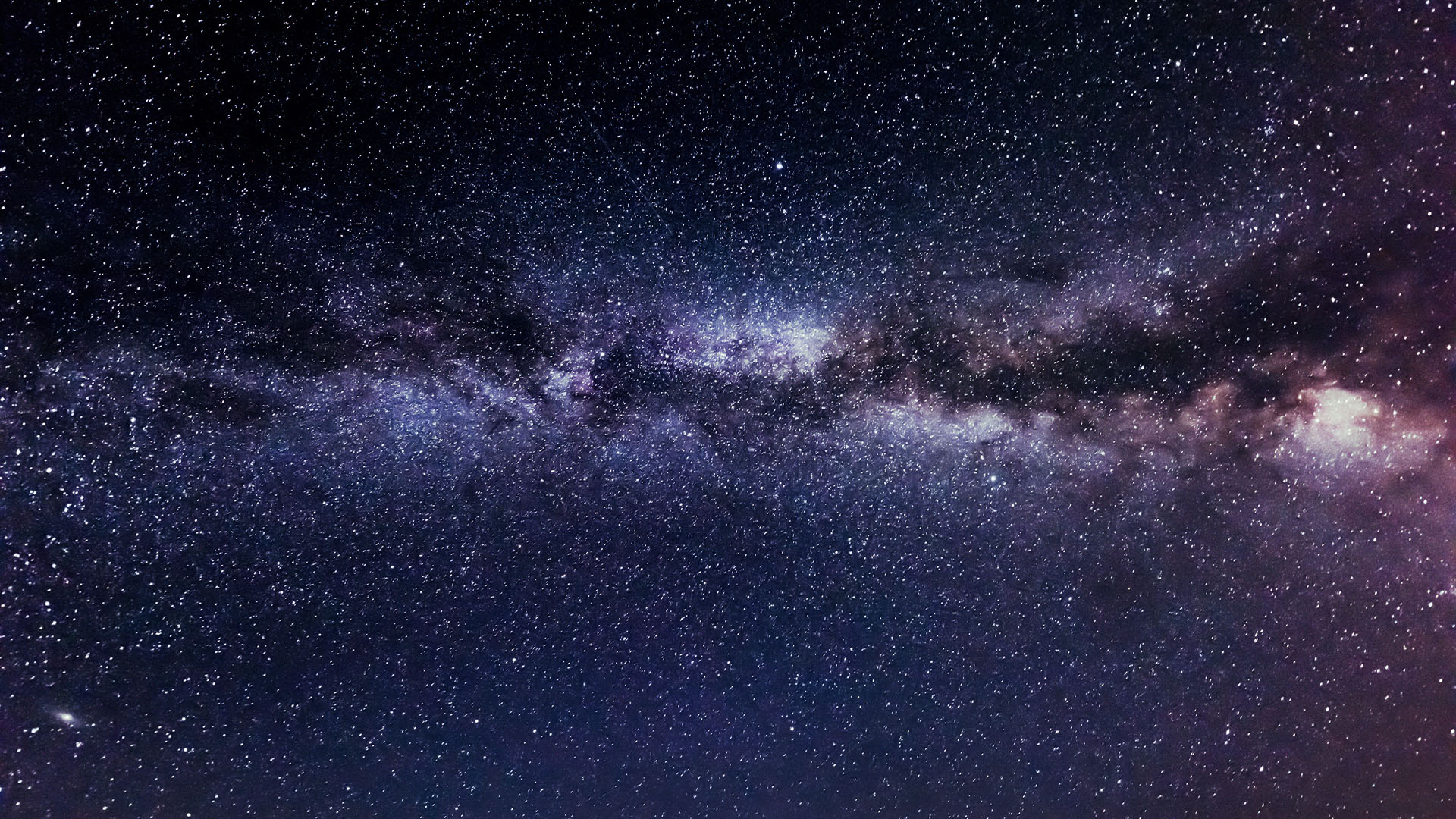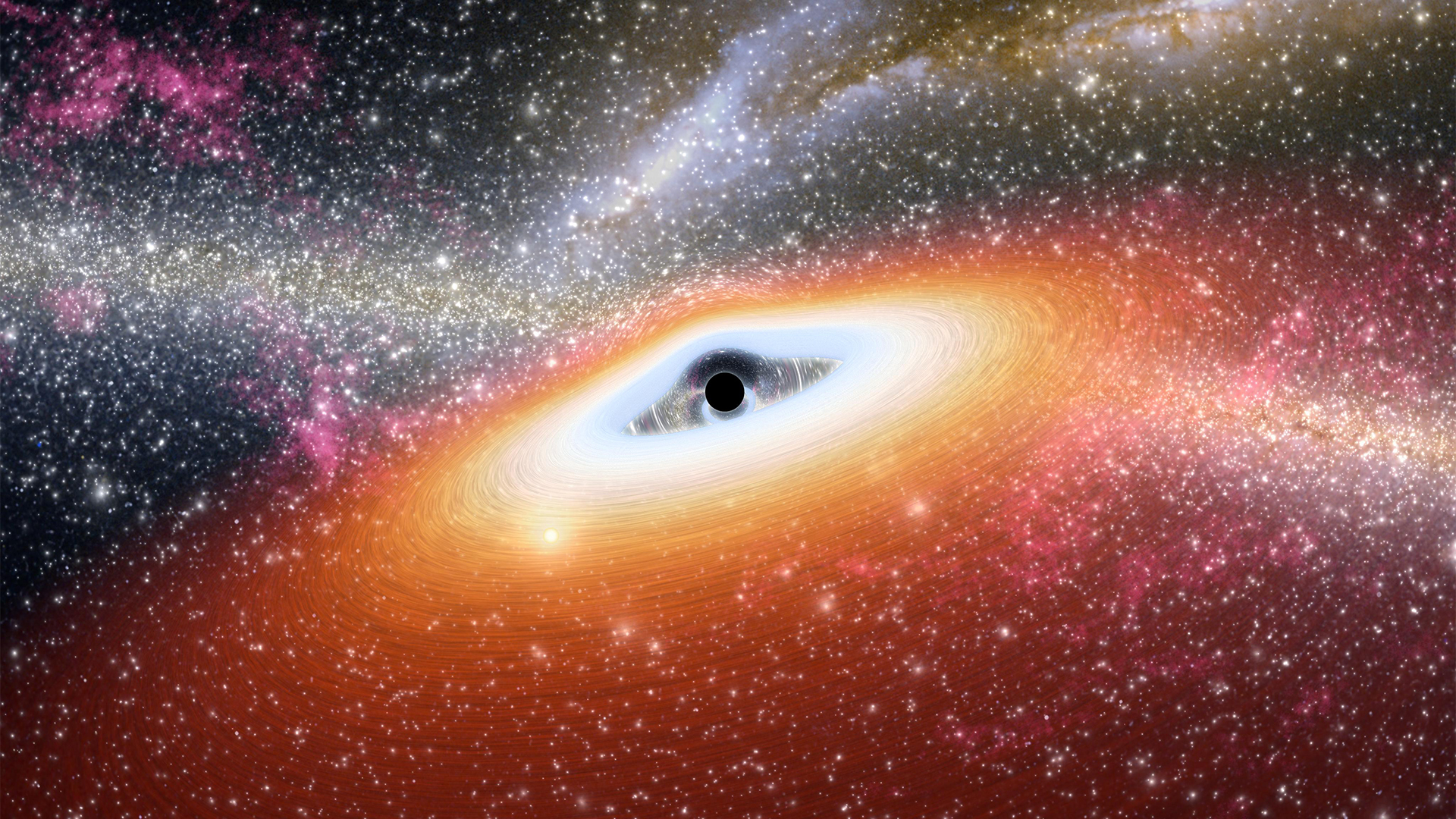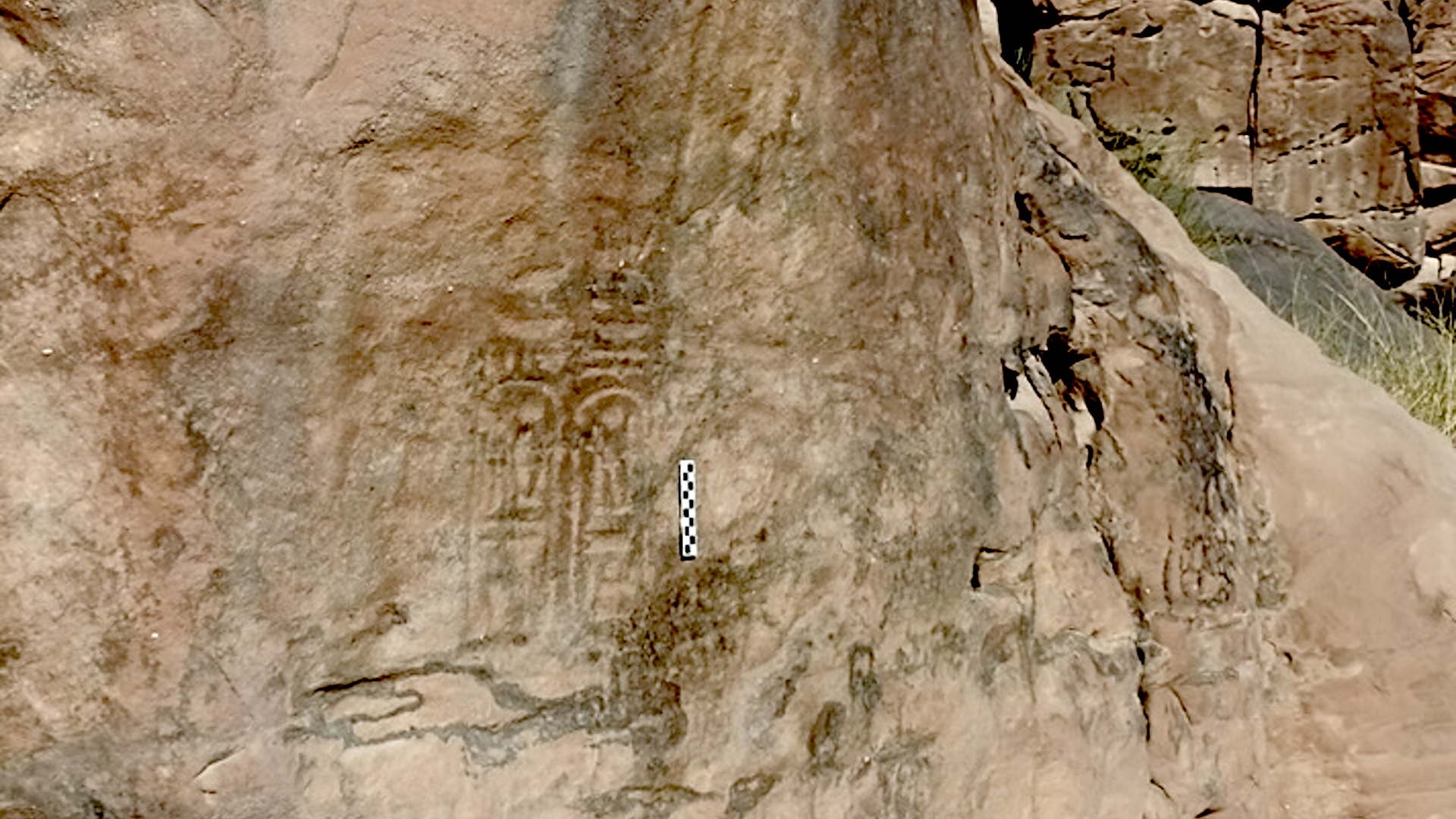stars
Latest about stars
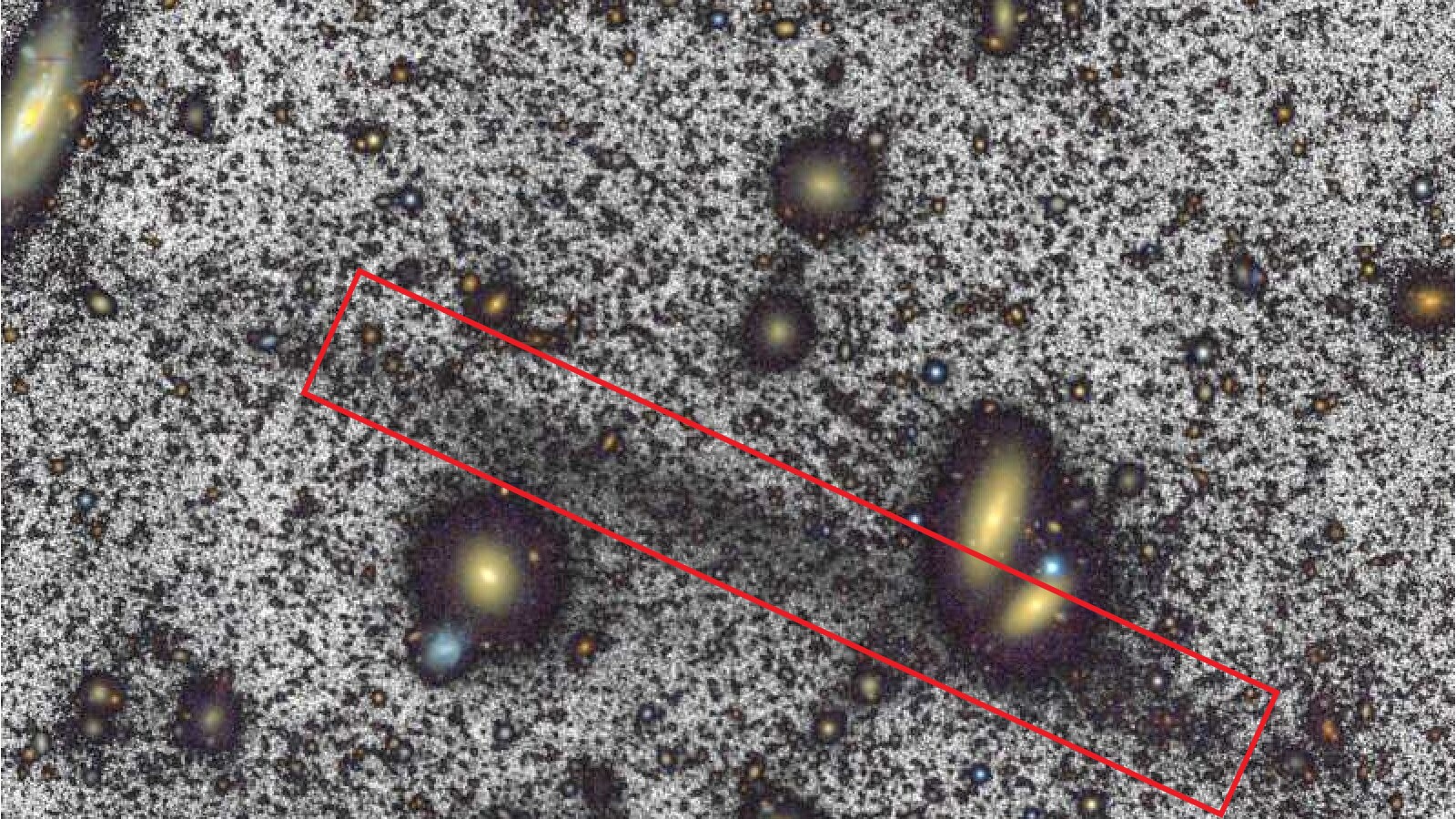
Intergalactic 'stream of stars' 10 times longer than the Milky Way is the 1st of its kind ever spotted
By Harry Baker published
While hunting for dark matter, astronomers accidentally discovered the first known stellar stream stretching between galaxies. The trail of stars is also the longest ever seen.
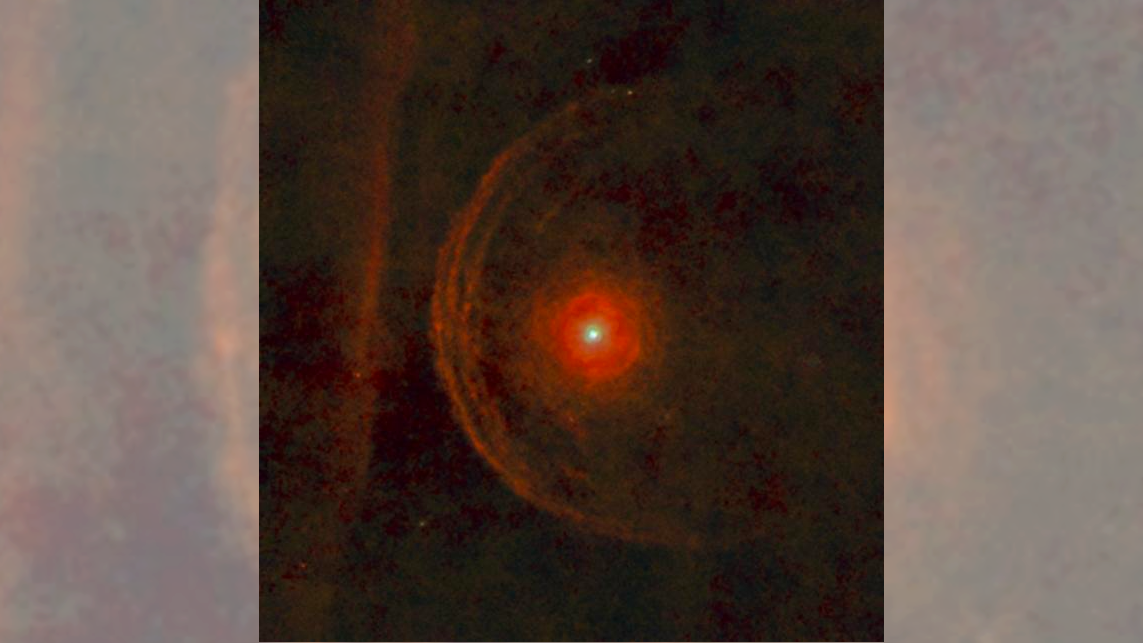
One of the brightest stars in the sky will 'blink out' on Dec. 12. Here's how to watch.
By Jamie Carter published
Betelgeuse, the most famous red supergiant star and one of the sky's brightest, will disappear for up to 12 seconds during an ultra-rare occultation by asteroid 319 Leona.
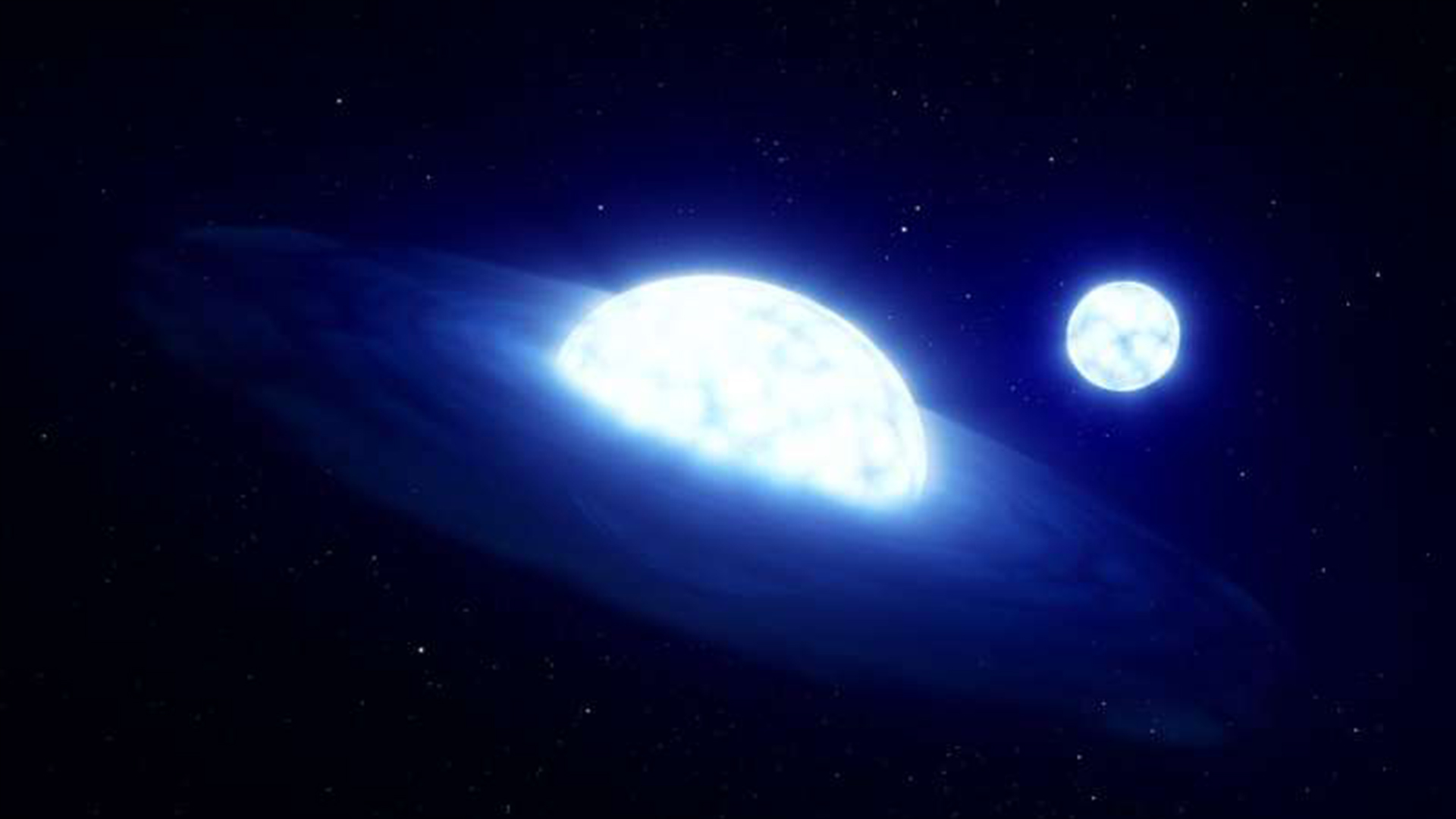
'Vampire' stars that bleed their companions dry may have a hidden accomplice, new study reveals
By Anna Demming published
Scientists suspect that type-Be 'vampire' stars grow by preying on their smaller companions. New research suggests there may be an important third player in these systems.
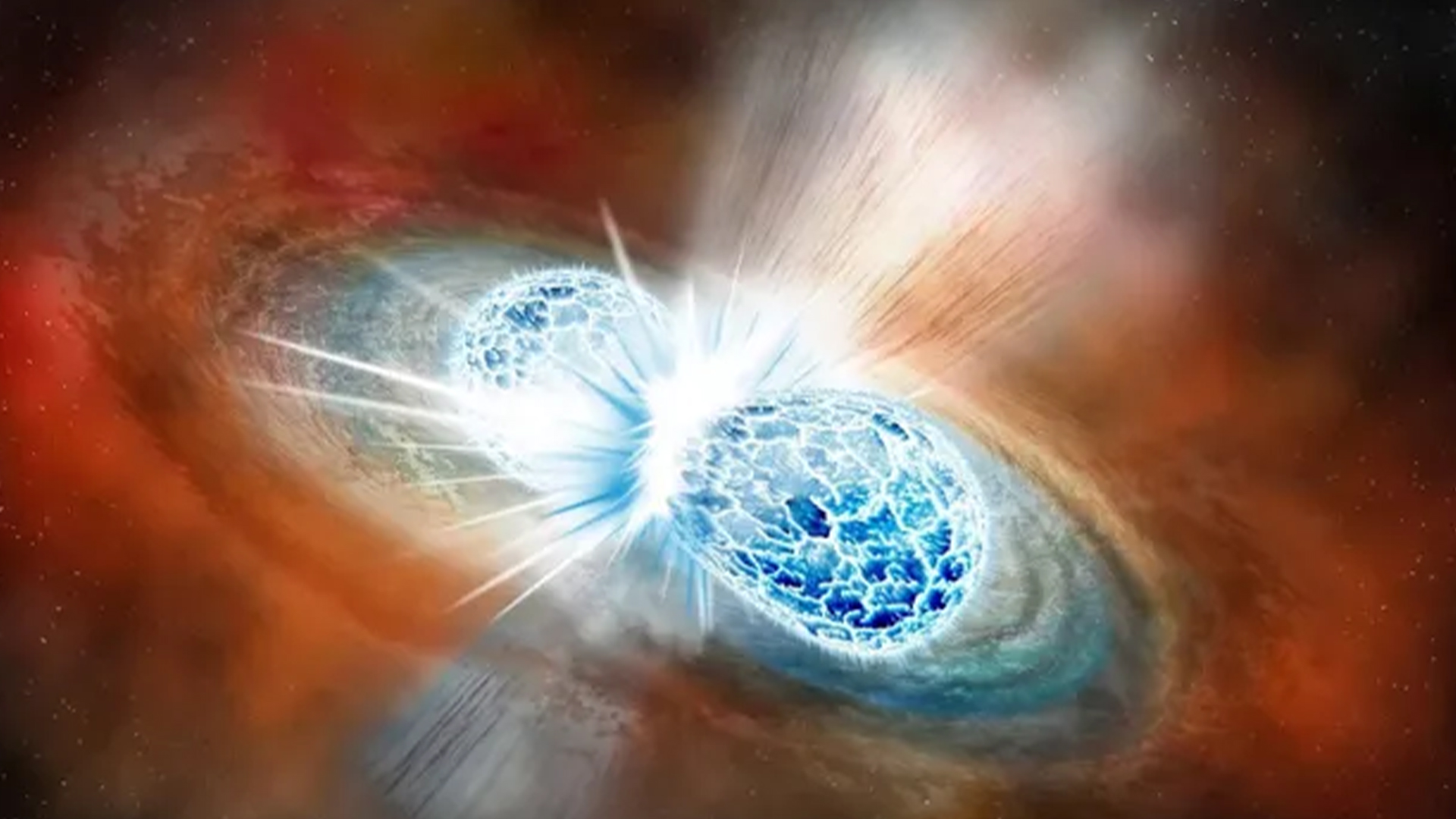
Rare type of space explosion could leave Earth uninhabitable for 'thousands of years'
By Robert Lea published
New research describes how a kilonova explosion triggered by colliding neutron stars could eradicate life on Earth for thousands of years. Thankfully, the odds are incredibly low.

Ultra-powerful plasma 'blades' could slice entire stars in half, new paper suggests
By Paul Sutter published
Stars could be sliced in half by "relativistic blades," or ultra-powerful outflows of plasma shaped by extremely strong magnetic fields, an unpublished paper claims.
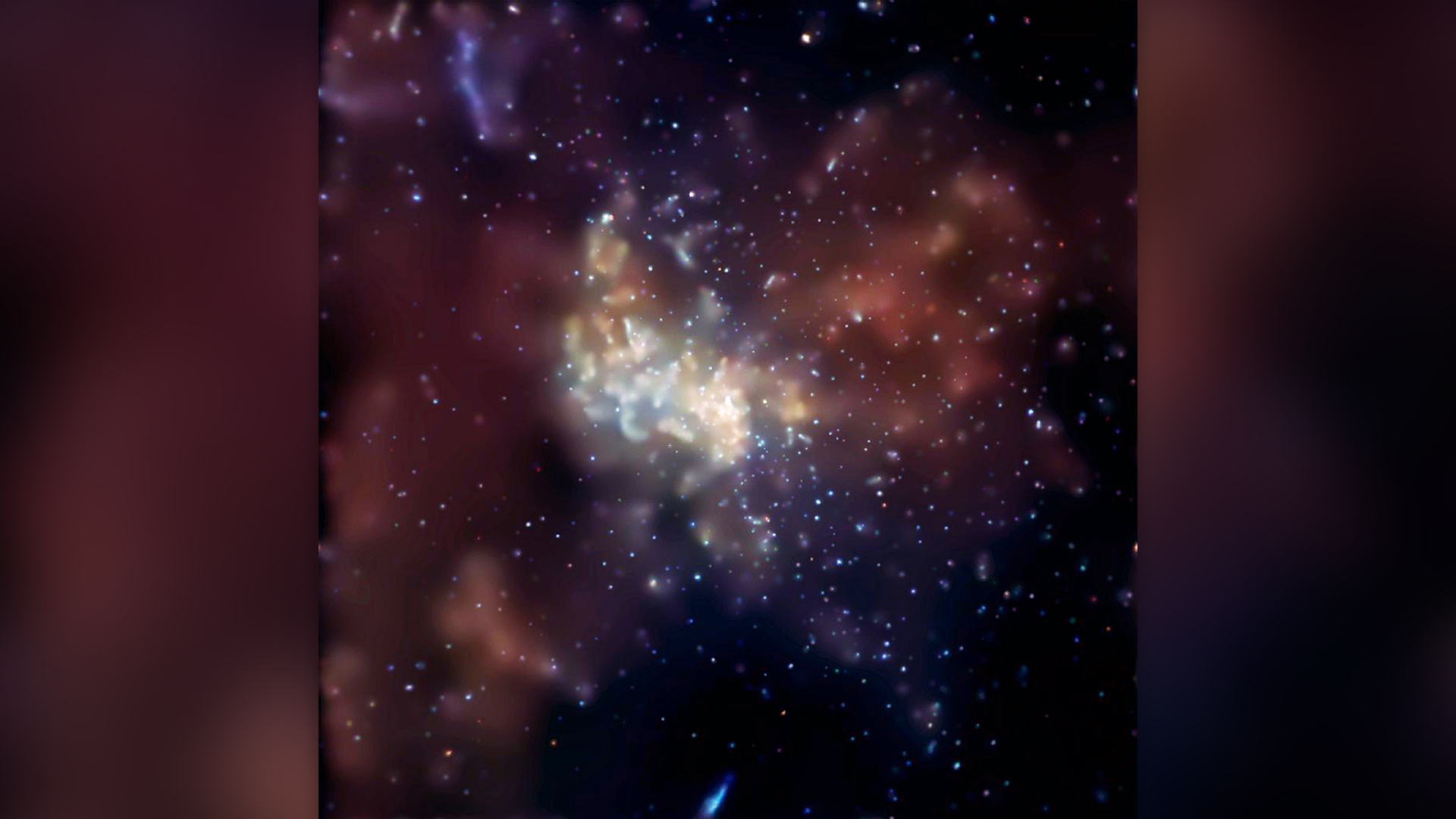
Mysterious 'fountain of youth' near Milky Way's central black hole is full of newborn stars that shouldn't exist
By Briley Lewis published
New James Webb Space Telescope observations might be able to explain why clusters of young stars keep turning up near the Milky Way’s central black hole.
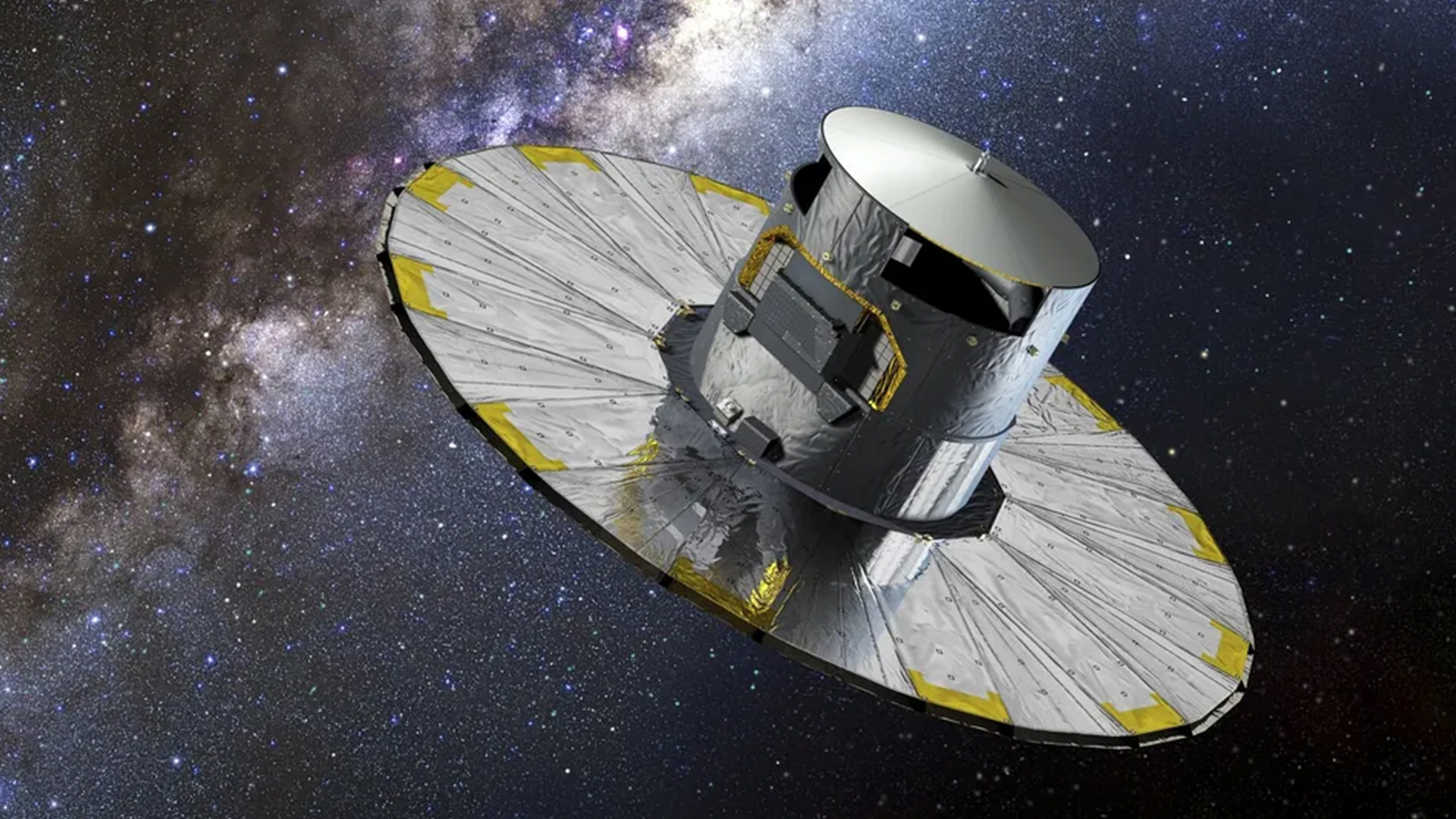
Gaia spacecraft reveals 'goldmine' of over 500,000 undiscovered stars
By Robert Lea published
The European Space Agency's Gaia telescope revealed half a million newfound stars, and detailed the orbits of over 150,000 asteroids.
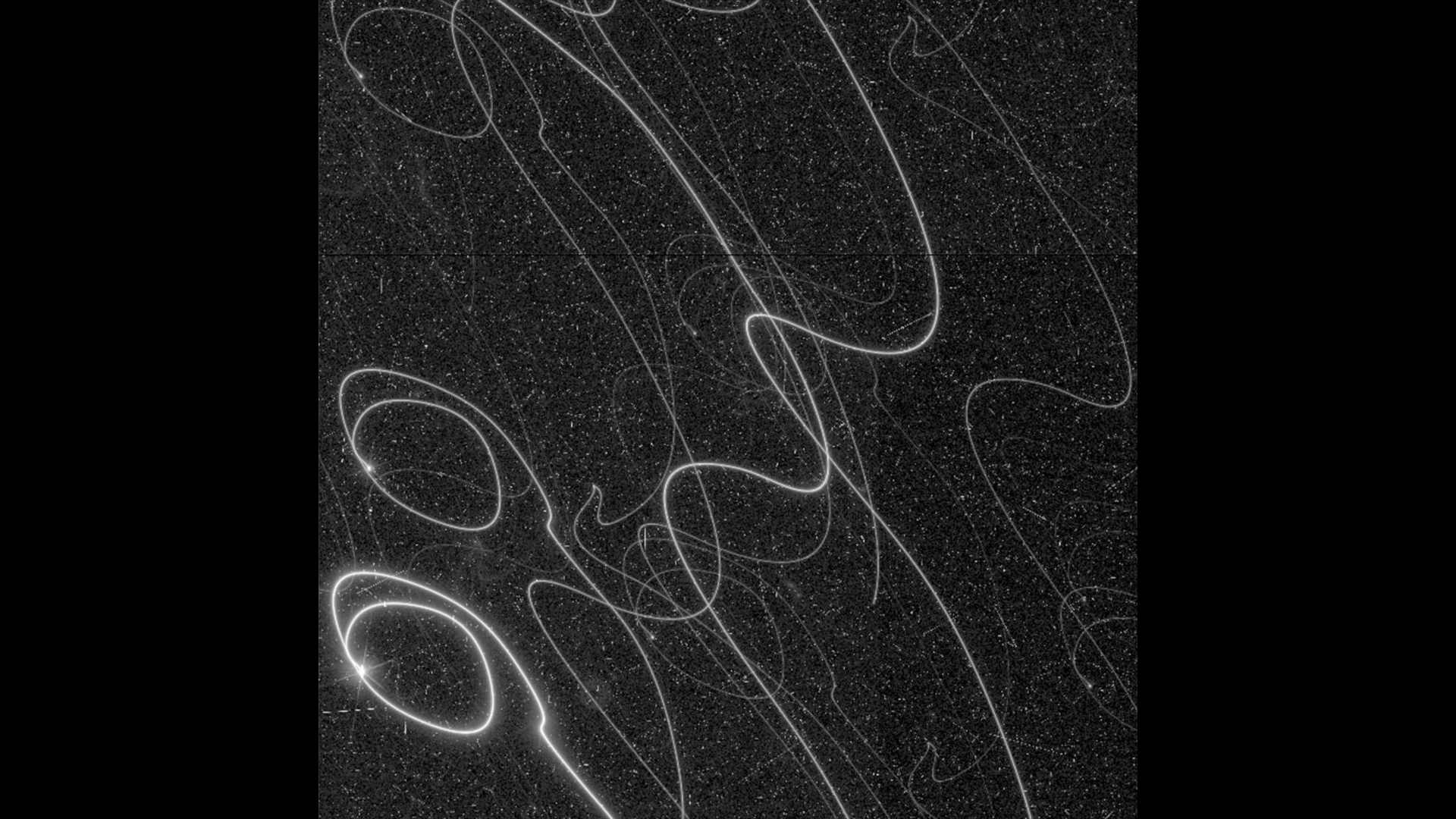
ESA scientists finally resolve glitch that caused Euclid spacecraft to 'doodle' through space
By Robert Lea published
The European Space Agency's dark energy and dark matter spacecraft has once again found its guiding stars and is preparing for full "science mode."
Sign up for the Live Science daily newsletter now
Get the world’s most fascinating discoveries delivered straight to your inbox.
